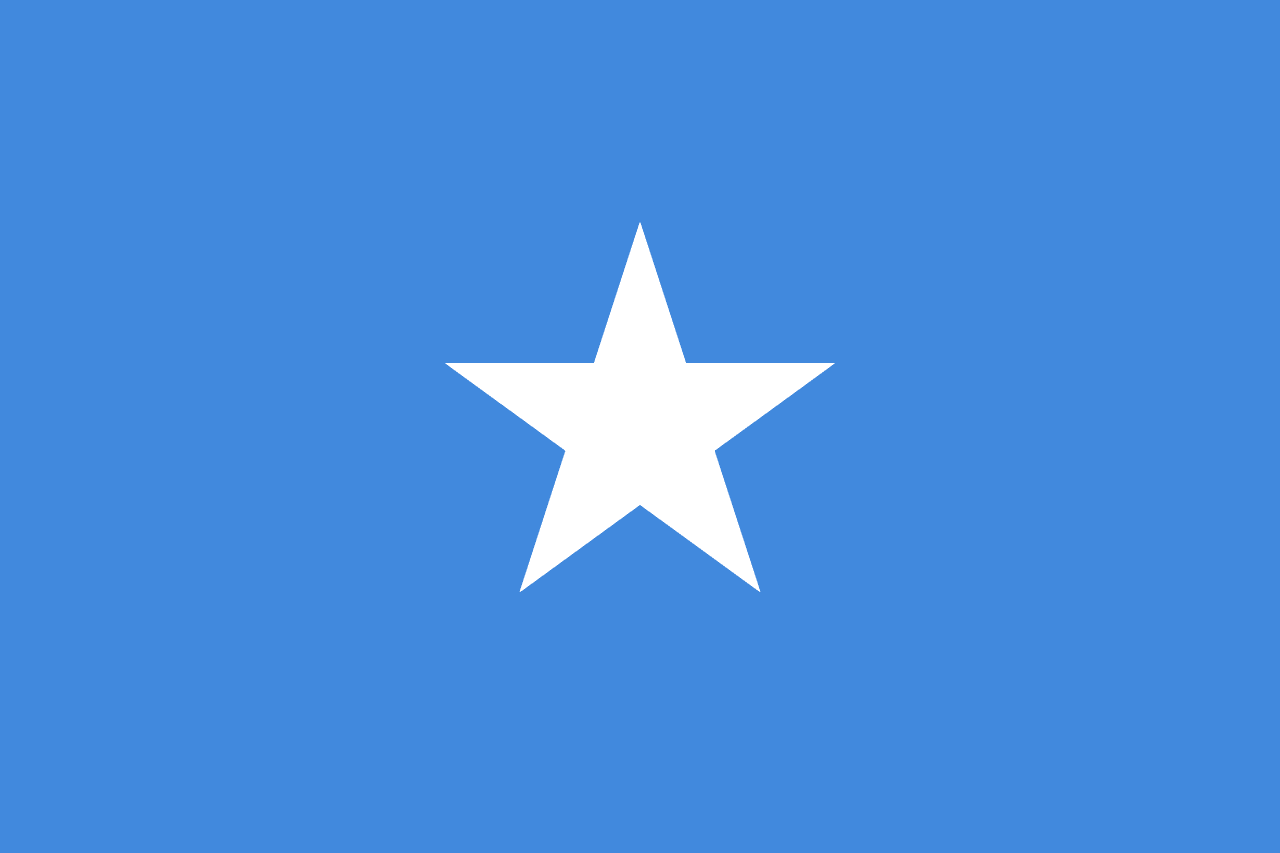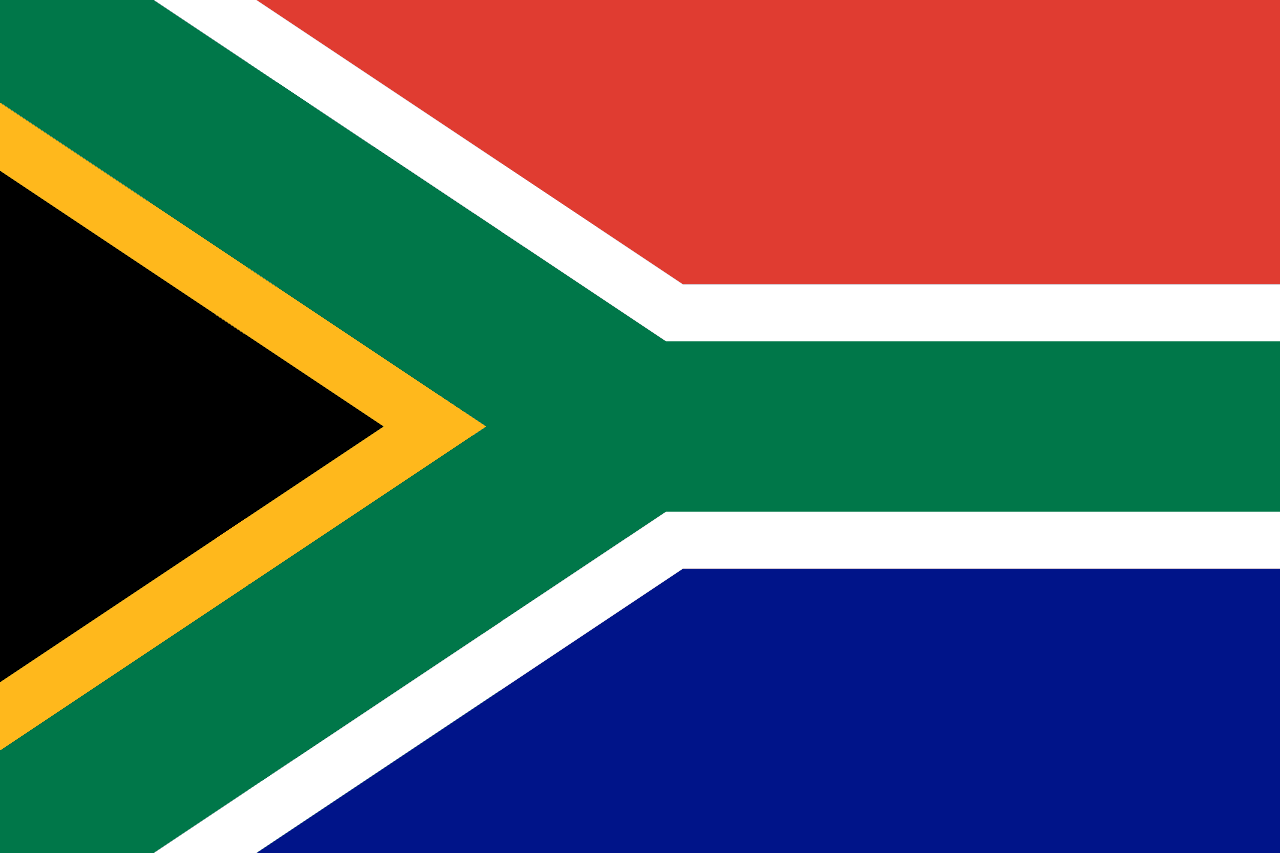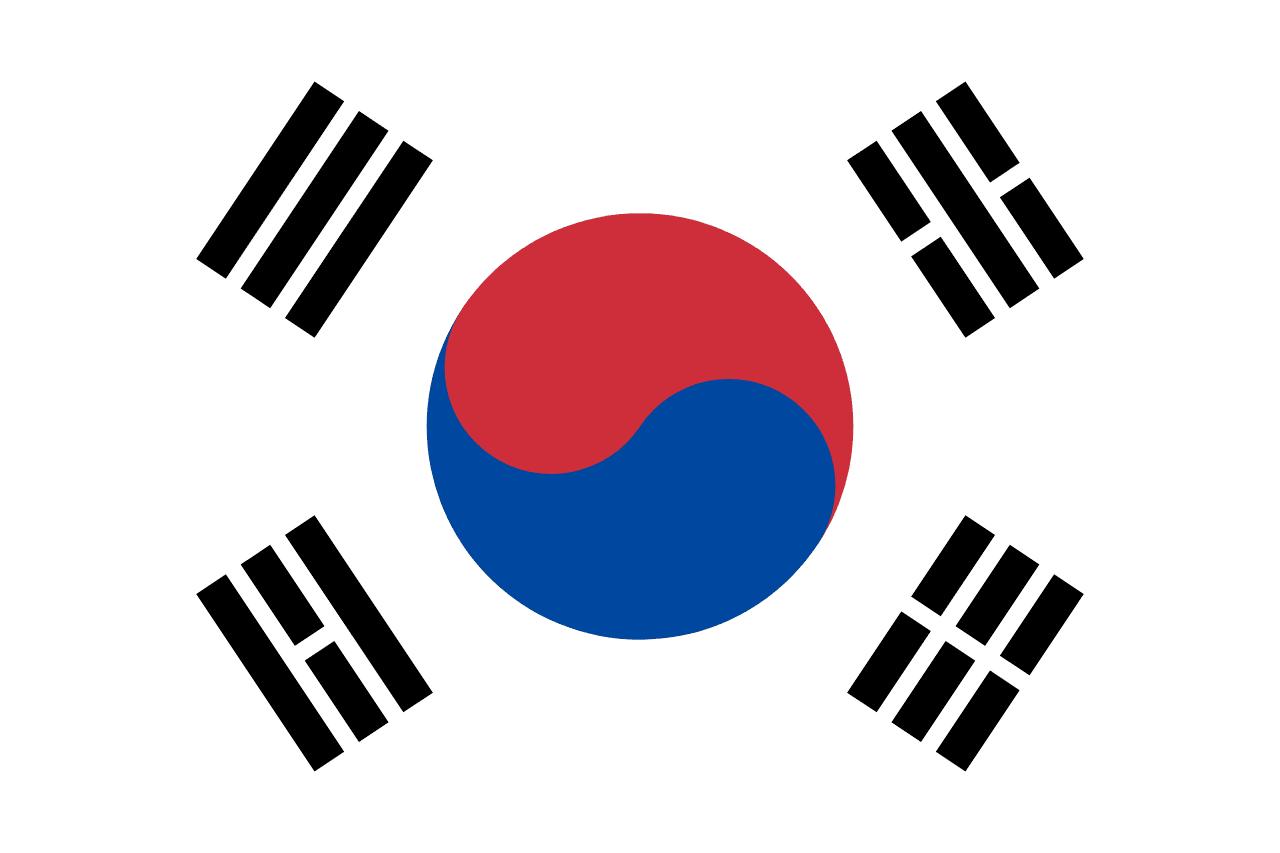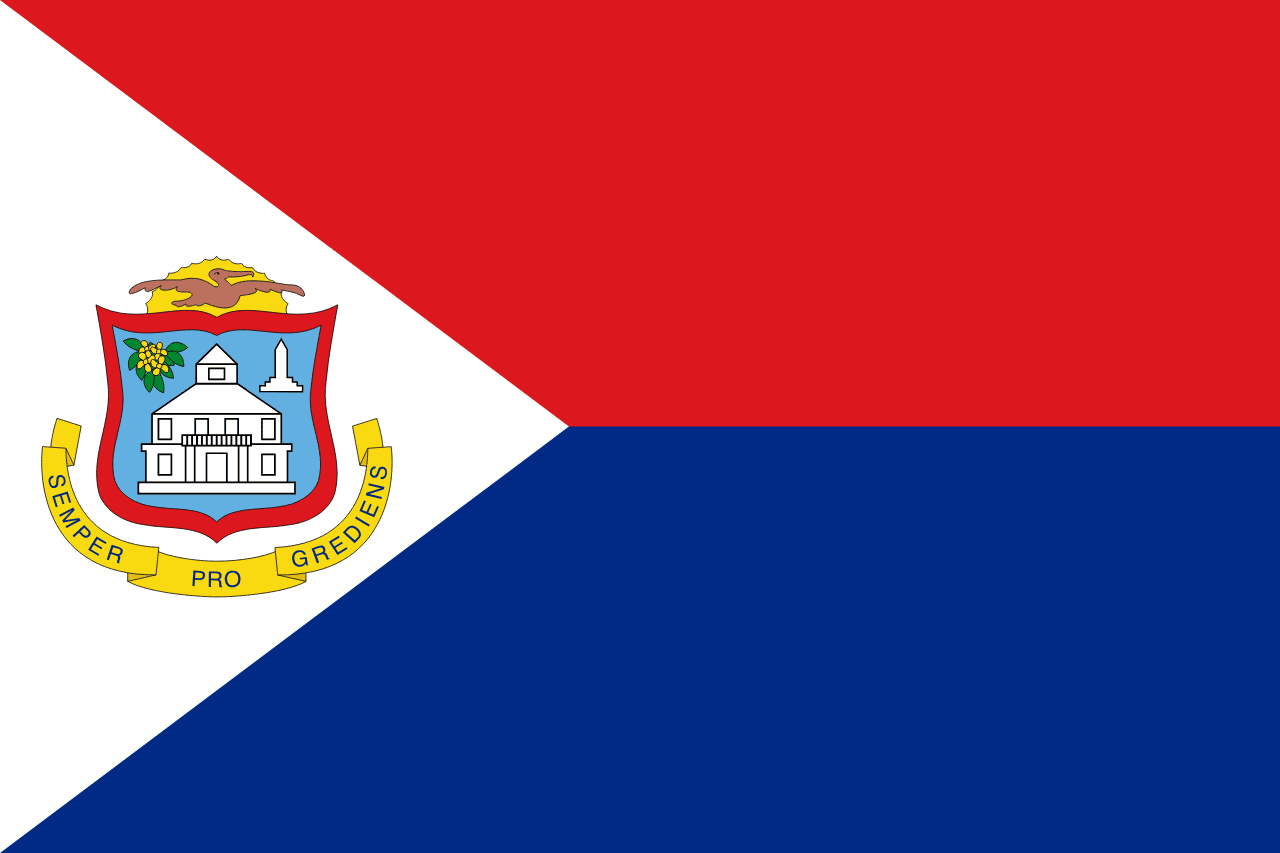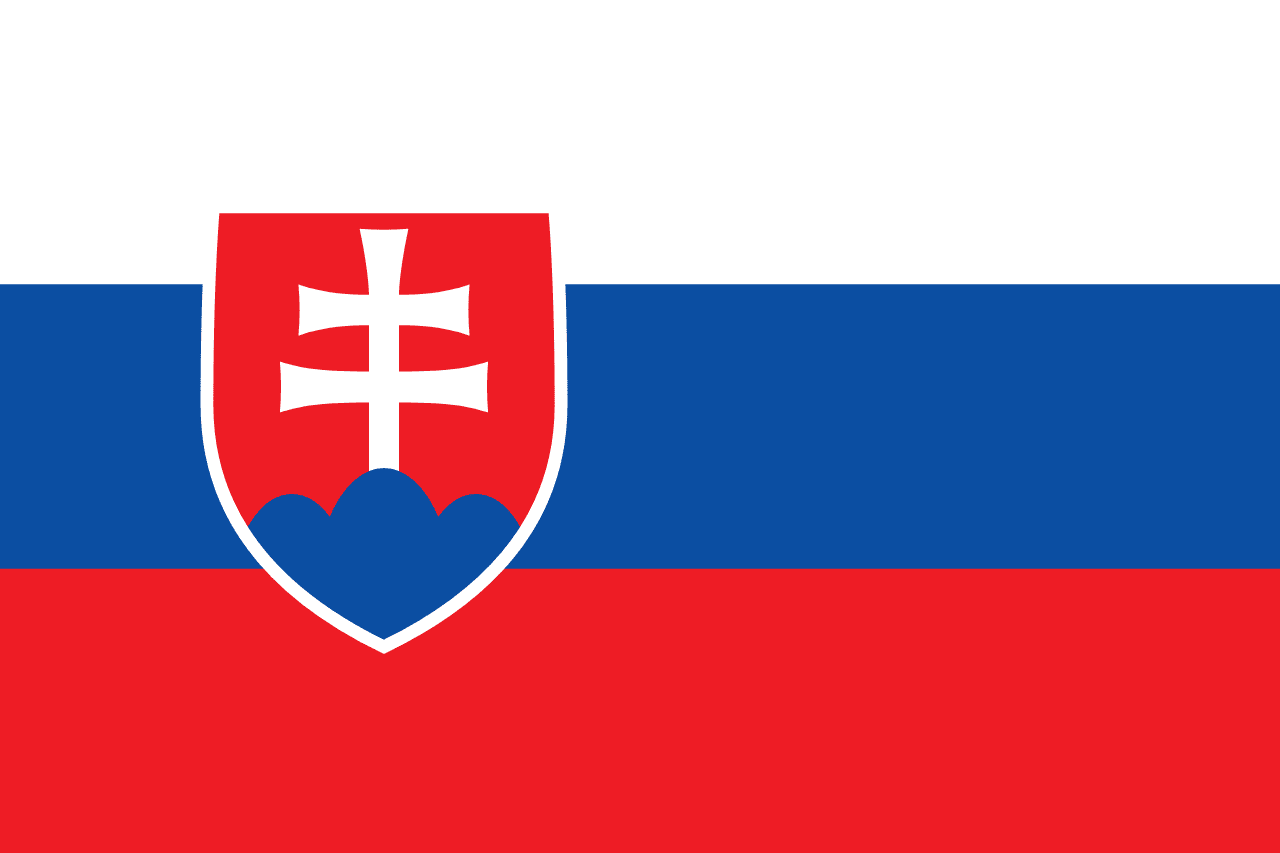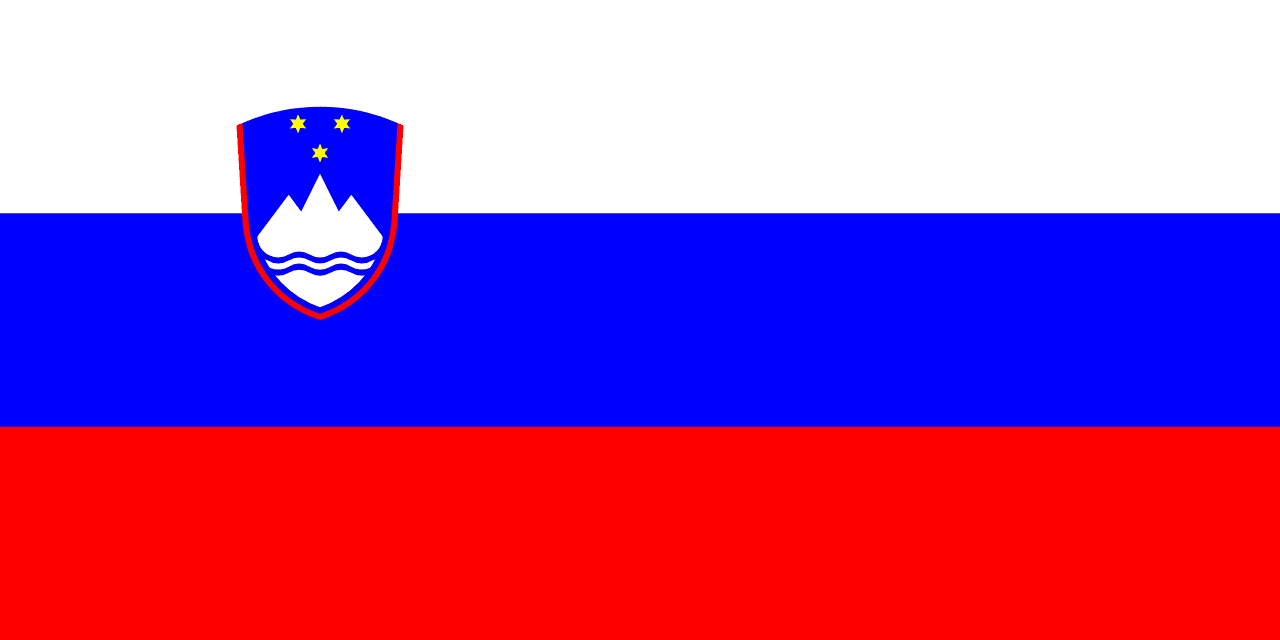The flag of the Solomon Islands consists of a blue triangle on the hoist side, a green triangle on the fly side, and a yellow diagonal stripe separating them, with five white stars in the blue triangle. This unique design captures the essence of the Solomon Islands' natural beauty, cultural diversity, and maritime heritage.
Solomon Islands information
| National Flag Day | — |
| Sovereign state | Yes |
| Official name | Solomon Islands |
| Capital | Honiara |
| Population | 686,884 |
| Area | 28,896 km² |
| Currency | Solomon Islands dollar (SBD) |
| Language | English, Pijin |
| Continent | Oceania |
| Region | Melanesia |
| Subregion | — |
| Borders | — |
| Timezone | Solomon Islands Time (SBT) UTC+11 |
| Calling code | +677 |
| Top-level domain | .sb |
History of the Solomon Islands flag
 The current flag was officially adopted on November 18, 1977, just before the Solomon Islands gained independence from British rule on July 7, 1978. The design was chosen through a national competition, reflecting the democratic values and aspirations of the newly independent nation. Prior to this, the islands used the British Blue Ensign as they were a British protectorate.
The current flag was officially adopted on November 18, 1977, just before the Solomon Islands gained independence from British rule on July 7, 1978. The design was chosen through a national competition, reflecting the democratic values and aspirations of the newly independent nation. Prior to this, the islands used the British Blue Ensign as they were a British protectorate.
Symbolism and design of the Solomon Islands flag
Each element of the Solomon Islands flag carries deep symbolic meaning:
- The blue triangle represents the ocean that surrounds the islands, vital for the nation's economy, culture, and way of life.
- The green triangle symbolizes the lush tropical forests and the fertile land of the islands, highlighting the importance of agriculture and natural resources.
- The yellow diagonal stripe represents sunshine, essential for the islands' climate and symbolic of a bright future.
- The five white stars represent the five main island groups of the Solomon Islands: Choiseul, Western, Central, Malaita, and Eastern. They are arranged in the shape of the Southern Cross constellation, visible in the night sky over the islands.
Usage and significance of the Solomon Islands flag
 The flag of the Solomon Islands is a powerful symbol of national identity and unity. It is prominently displayed on government buildings, schools, and during national celebrations such as Independence Day on July 7. The flag also represents the Solomon Islands in international forums and sporting events, symbolizing the country's sovereignty and its place in the global community.
The flag of the Solomon Islands is a powerful symbol of national identity and unity. It is prominently displayed on government buildings, schools, and during national celebrations such as Independence Day on July 7. The flag also represents the Solomon Islands in international forums and sporting events, symbolizing the country's sovereignty and its place in the global community.
Interesting facts about the Solomon Islands flag
- The Solomon Islands is an archipelago of over 900 islands, making the maritime symbolism of the flag particularly relevant.
- The flag's design incorporates elements that reflect the Solomon Islands' geographical diversity, from its ocean surroundings to its forested interiors.
- The use of the Southern Cross constellation in the star arrangement is a common feature in flags of South Pacific nations, connecting the Solomon Islands to its regional identity.
- During World War II, the Solomon Islands was the site of intense fighting, including the famous Battle of Guadalcanal. The current flag represents the peace and unity achieved in the post-war era.
